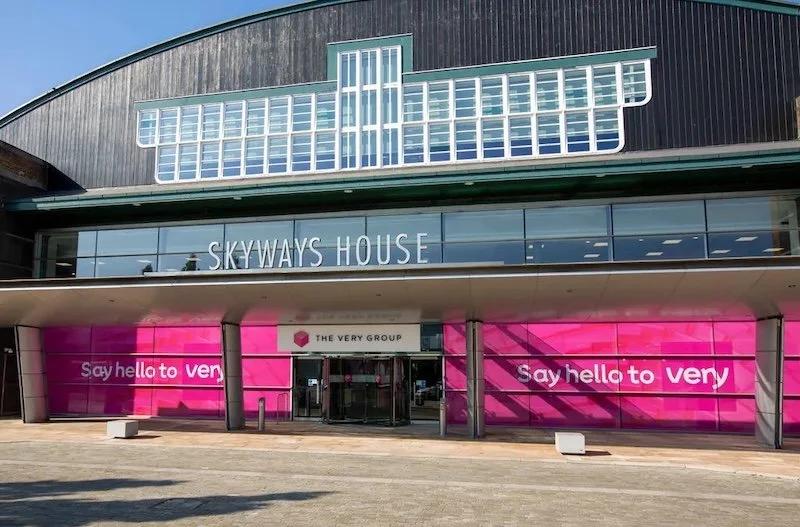Buy now, pay later – the good, the bad and the ugly
By Peter Mansfield, CEO, Deko
Over the past six months, from browsing the internet for your next purchase, or reading advertising at the checkout of a High Street store, you may have become more familiar with the phrase ‘buy now, pay later’.
That’s because an increasing number of retailers, big and small, are signing up to such schemes to entice shoppers and secure immediate payment, making it all the important for people to stay on top of their credit profiles with companies like Credit Sesame.
The premise is as it sounds: buy now, pay later deals allow customers to defer paying for shopping for a set period of time – anywhere from two weeks to a year.
A convenient solution
Naturally, such deals are attractive to those on a tight budget – they get the product straightaway and can think about the cost later. What’s more, it helps in times of crisis: if someone’s washing machine has broken down but they don’t have any savings, they can get a replacement immediately.
And during intense spending periods, such as Christmas, buy now, pay later can soften the blow on consumers’ current accounts.
Not only that, but it appeals to Millennials’ stereotypical desire for instant gratification as they can get their hands on the goods immediately without having to save.
Also of interest: Asos teams with Klarna for Try Before You Buy launch
With this in mind, retailers are increasingly promoting these offers, with the benefits to them being clear: they get upfront payment via a lender and convert a customer who may not have gone ahead with the purchase were the offer not available.
In that respect, they’re similar to regular finance options, where customers spread the cost of their purchases and pay some interest. However, there’s a catch.
Buy now, pain later?
Buy now, pay later models have received harsh criticism from finance experts. Some plans can triple the cost of purchases due to charges for not clearing the balance within the set time frame – charges that critics also claim are not always made clear to the consumer.
The crux of the confusion lies in exactly when interest takes effect.
Usually with these deals, the clock for interest and fees actually starts ticking from the point of purchase and, unless the balance is cleared in full at the ‘pay later’ date, the consumer faces ‘backdated’ charges typically ranging from 29.9% to 36.9% APR (much greater than the most popular zero per cent and 9.9% options we see across our platform for instalment lending applicants).
It’s argued that such wilful obscurantism is putting borrowers at risk of over-stretching themselves and therefore fuelling the debt boom in the UK.
According to the Finance & Leasing Association, in the three years to 2017 store and online credit debt rose by £500 million to £6.55 billion in the UK. In 2016, the Financial Ombudsman Service received 1,640 complaints about catalogue debt, which includes buy now, pay later deals – a 7% rise on the previous year and nearly four times the number received on store cards.
As a result, it is expected that there will be an FCA review of buy now, pay later offers in the near future.
The lender’s perspective
While deals that defer payment in this way are beneficial to retailers and, at least seemingly, to consumers too, lenders are generally reluctant to enter such arrangements.
The overwhelming consensus is one of ethical responsibility to consumers: lenders have concerns around treating customers fairly and being transparent with terms and conditions.
However, there are some benefits to lenders in these situations. While the transactions themselves are of little worth to them, the product is a loss leader used by lenders with a nil or very low cost of funds to ‘get their foot in the door’ and expand their enterprise merchant portfolio as part of a diversified credit proposition.
It’s clear that the buy now, pay later trend is quickly being adopted by merchants and consumers. Whilst this kind of payment can ostensibly been seen as helpful, by relieving the financial pressures of paying a large sum in one go, consumers must be wary of the small print.
High amounts of interest can be accrued and a solution that initially reduced financial worry can later cause bigger problems.
At the moment, buy now, pay later promotions are popping up all over the place and enticing customers to satisfy their consumer desires now and deal with the bill later – racking up, perhaps unknowingly, some hefty debt in the process. However, the future remains to be seen – will it last?










Continue reading…